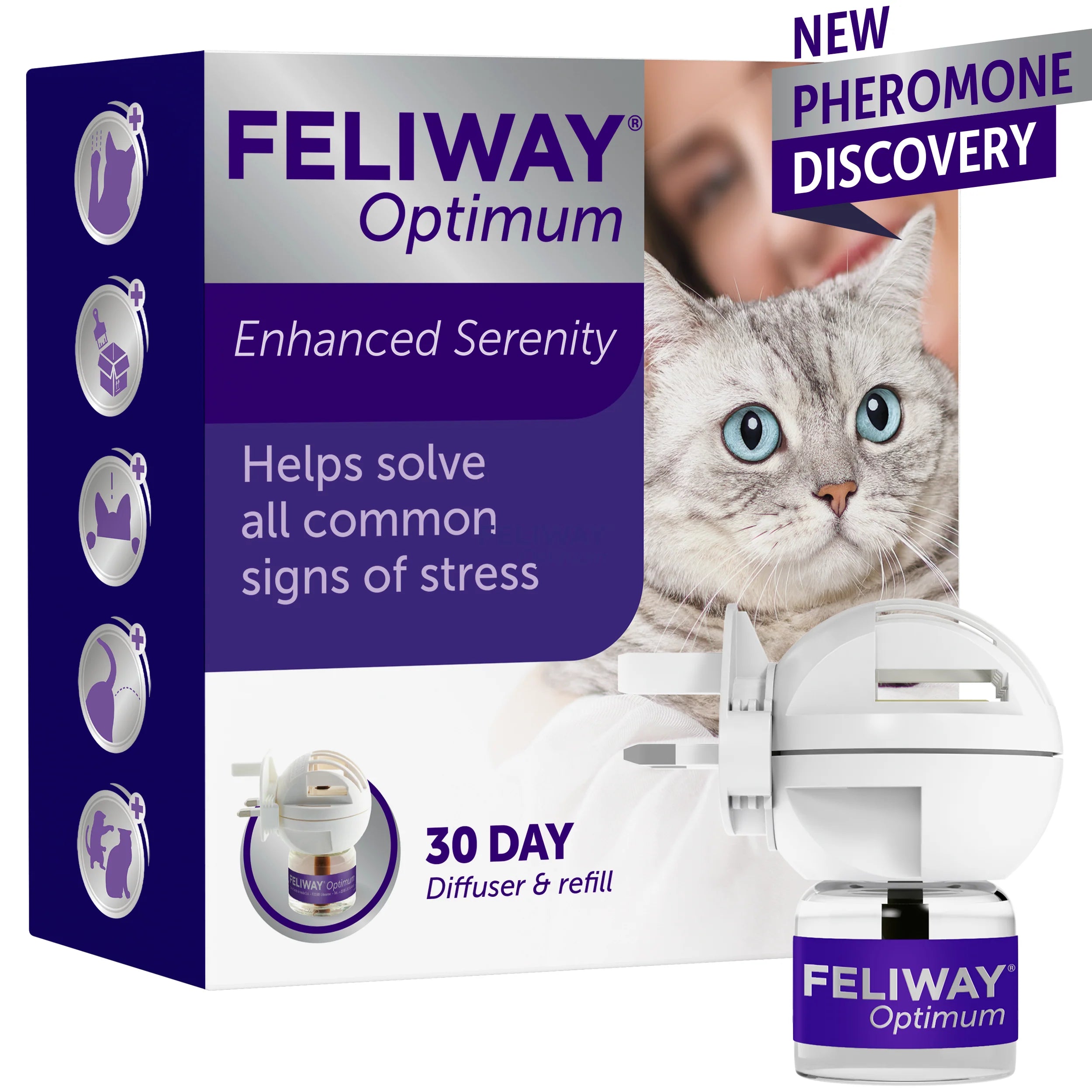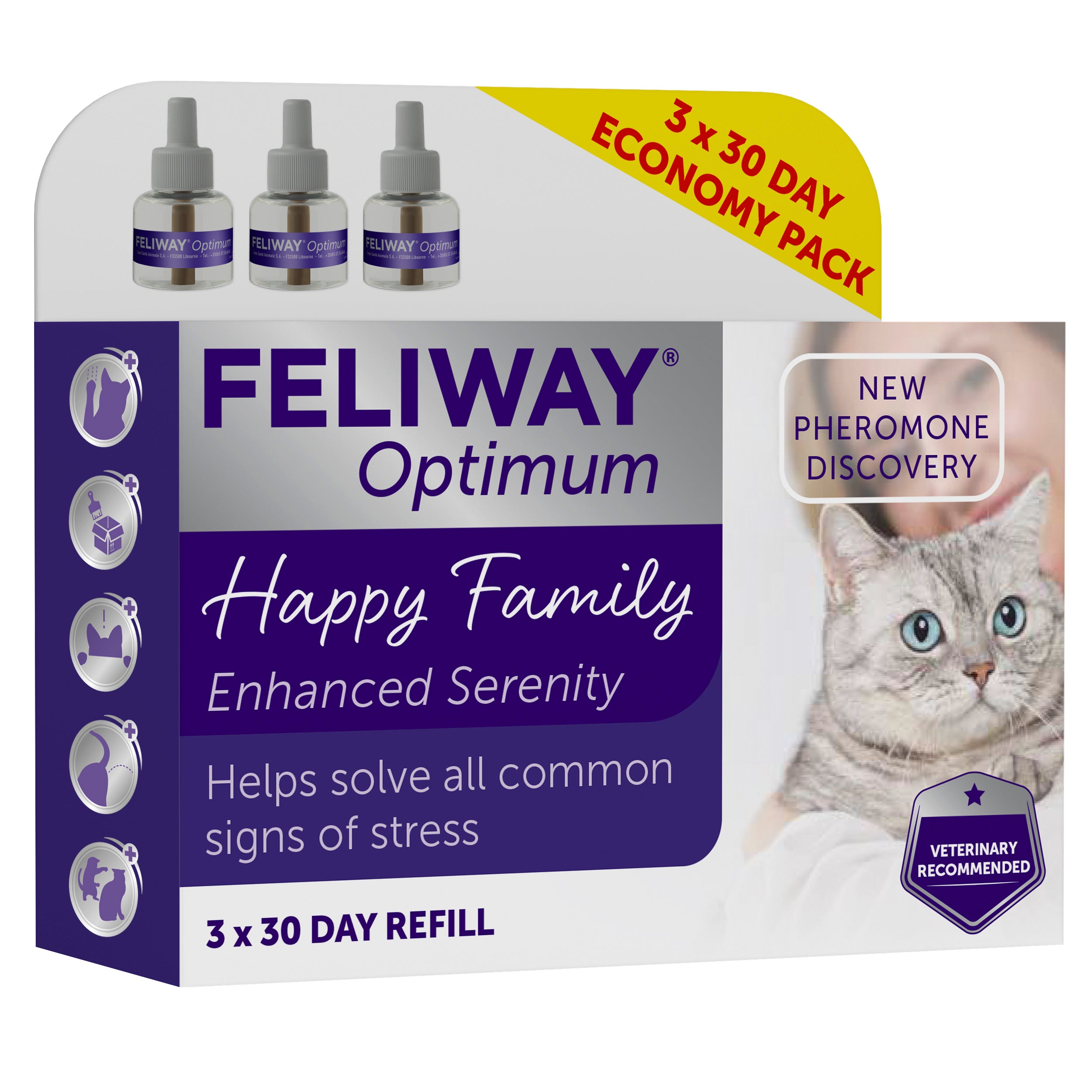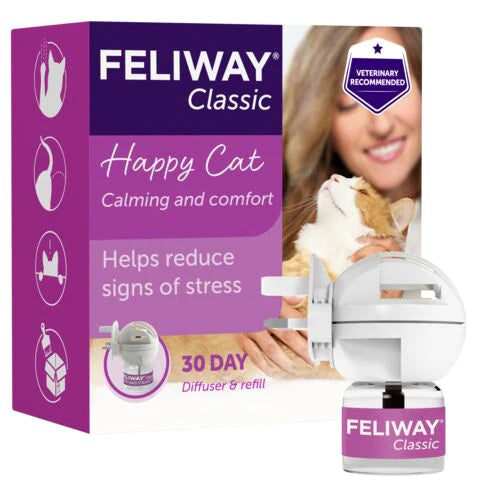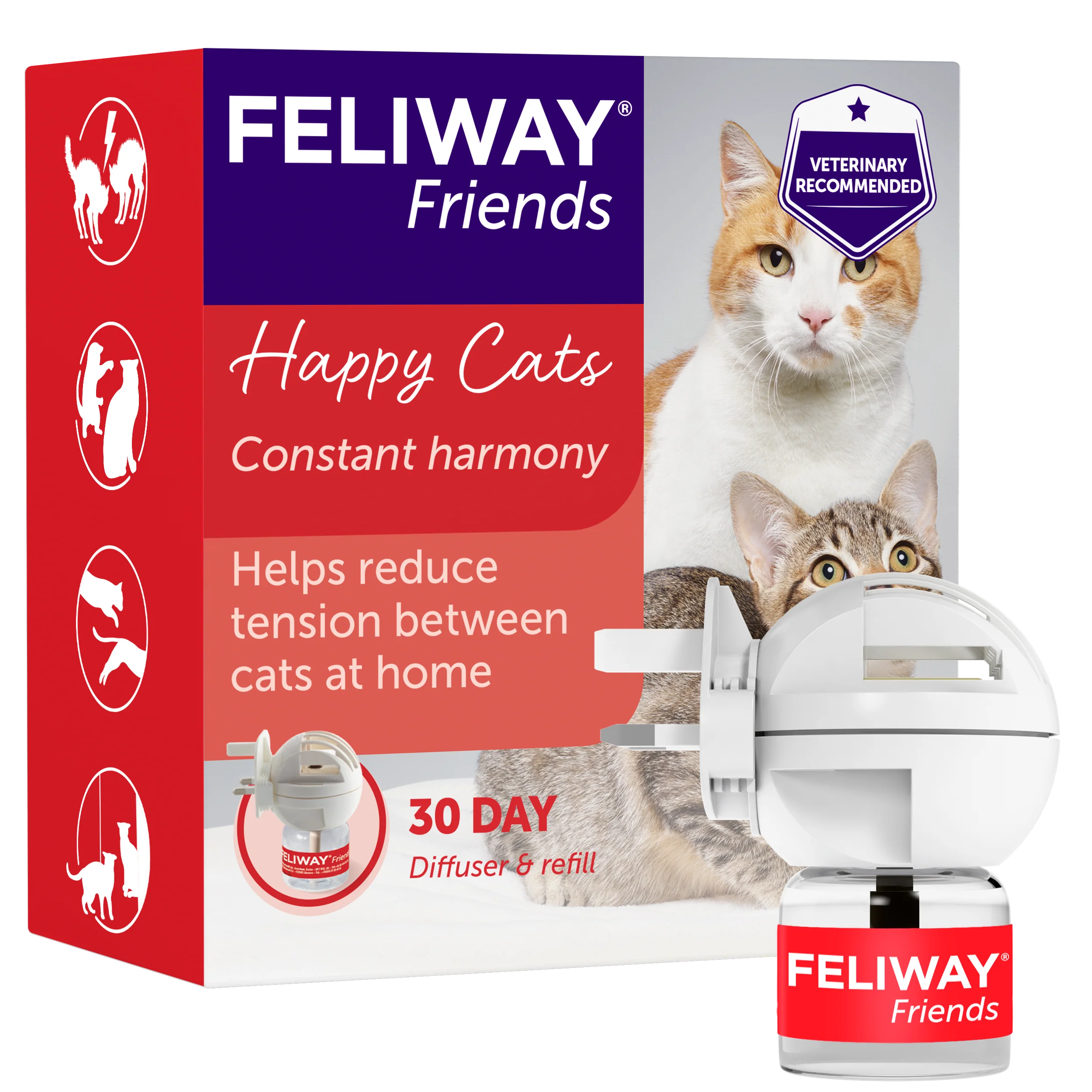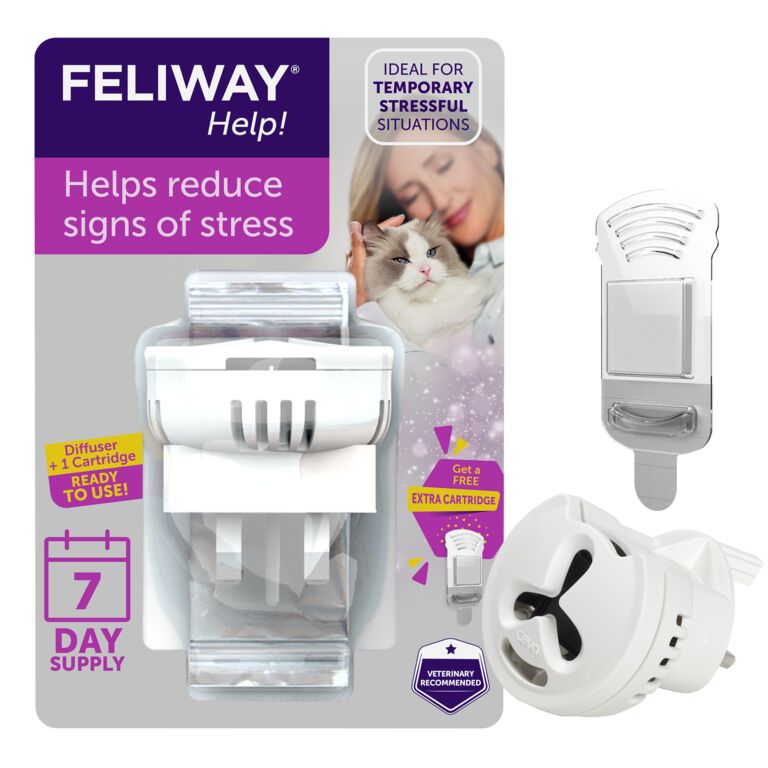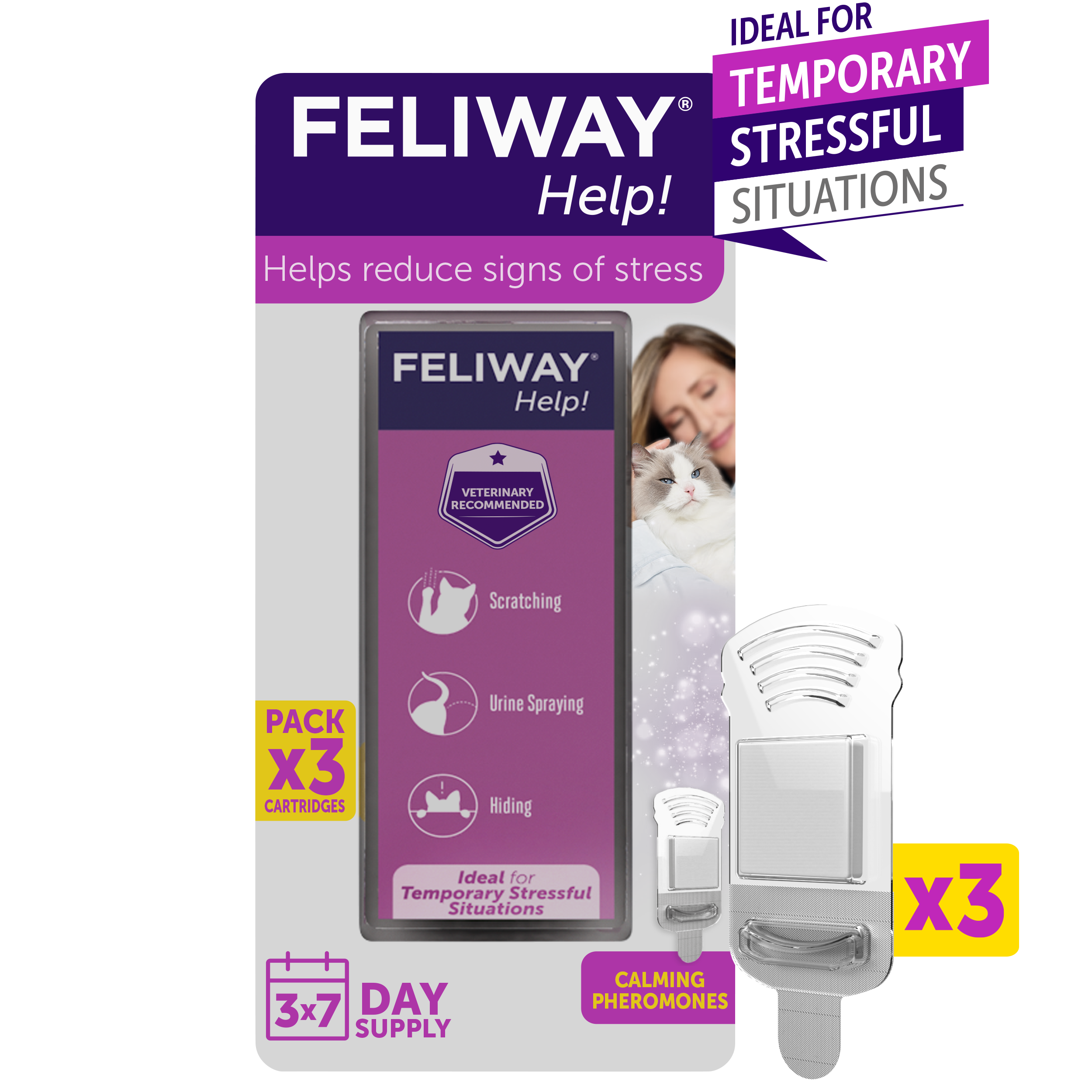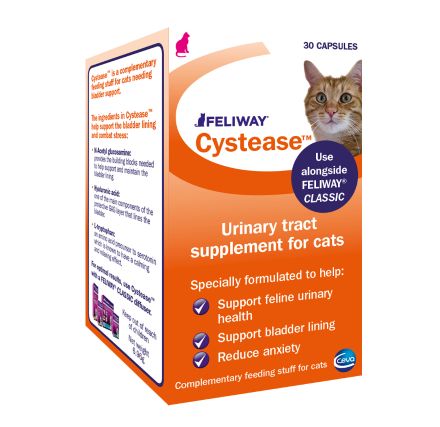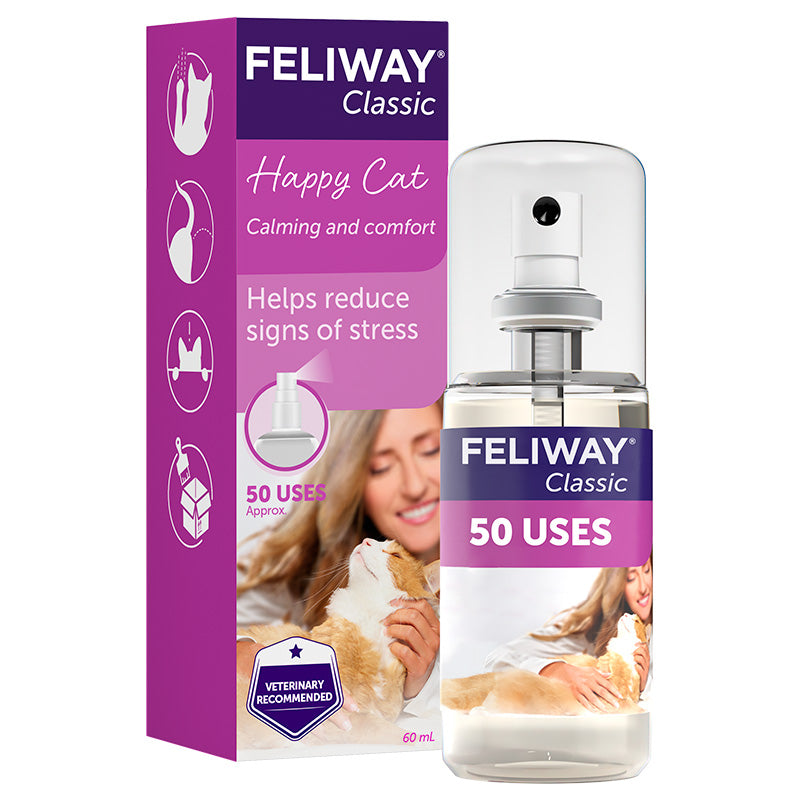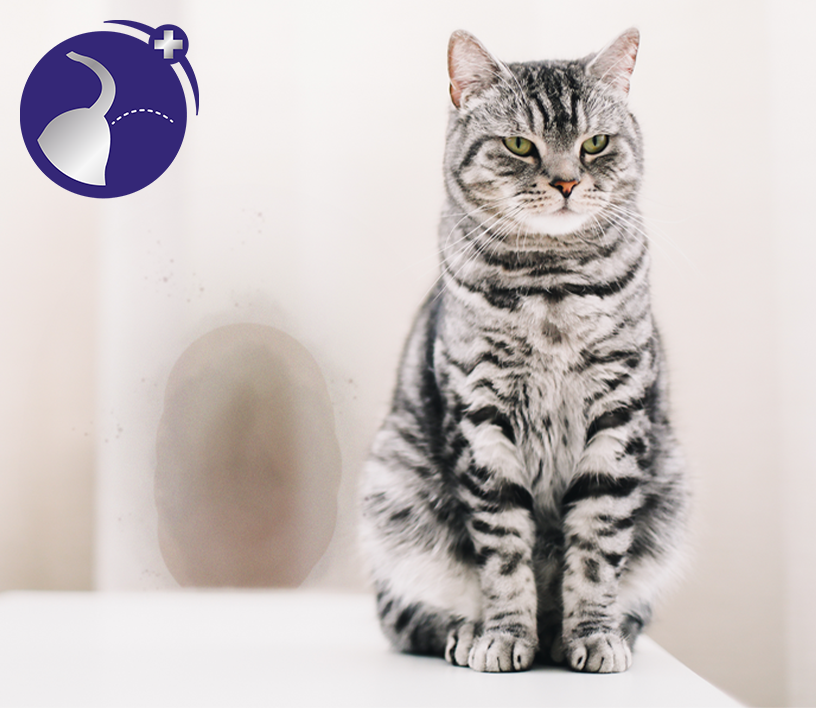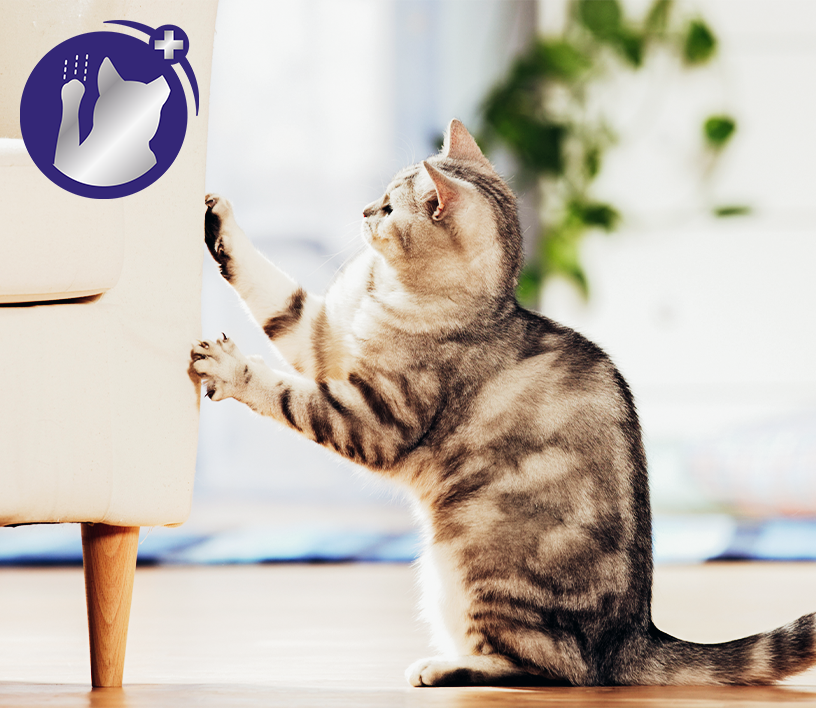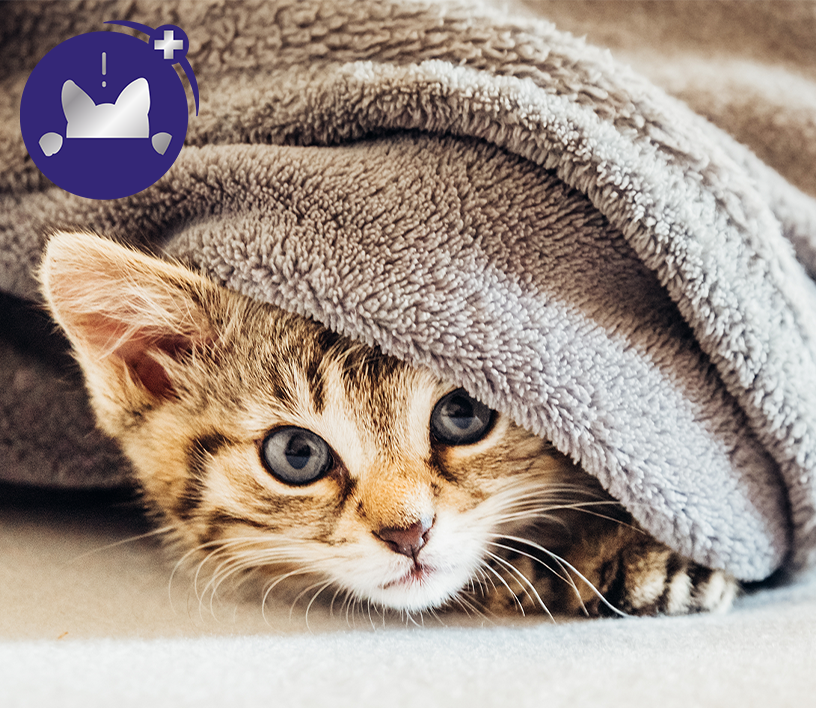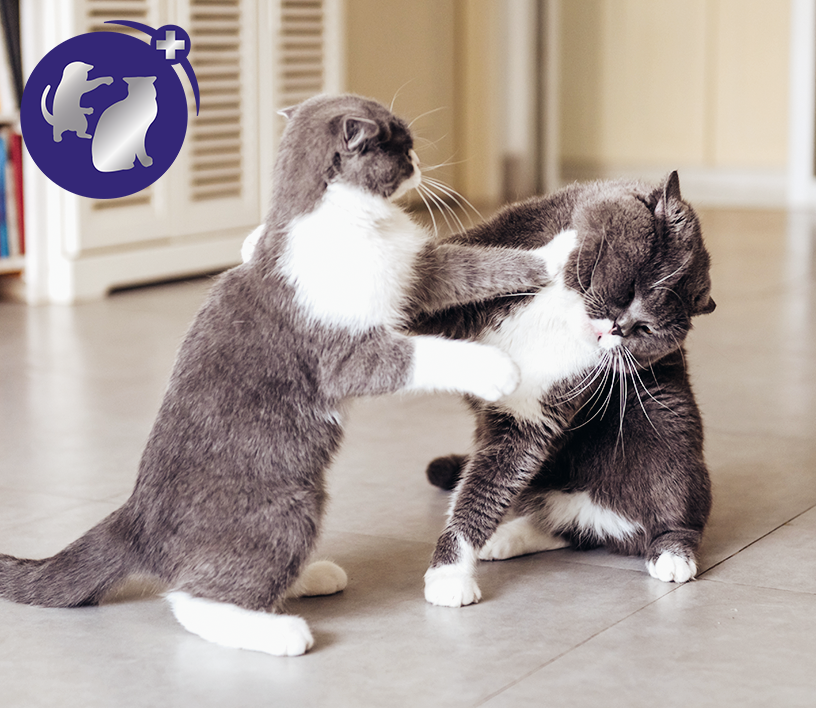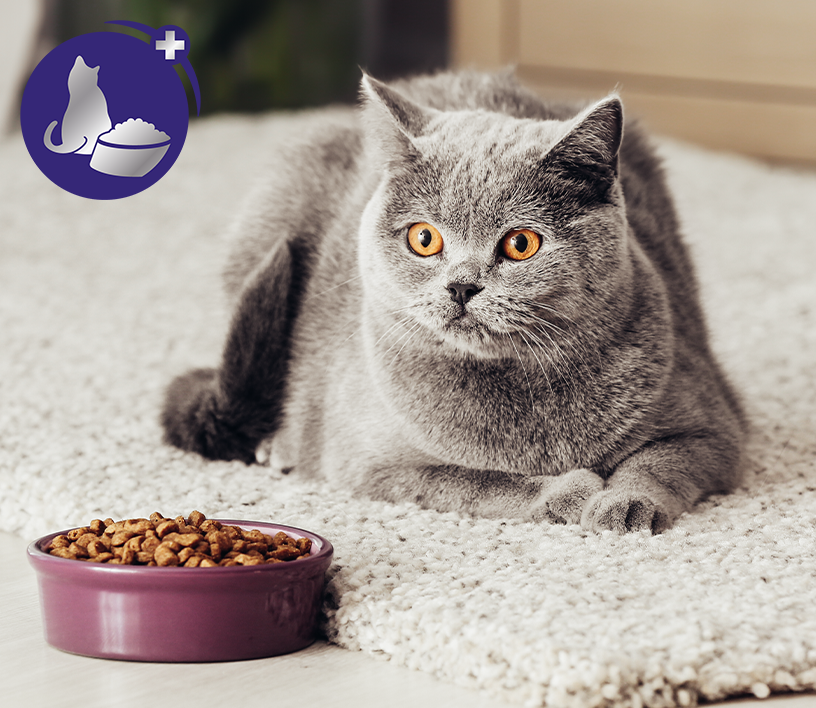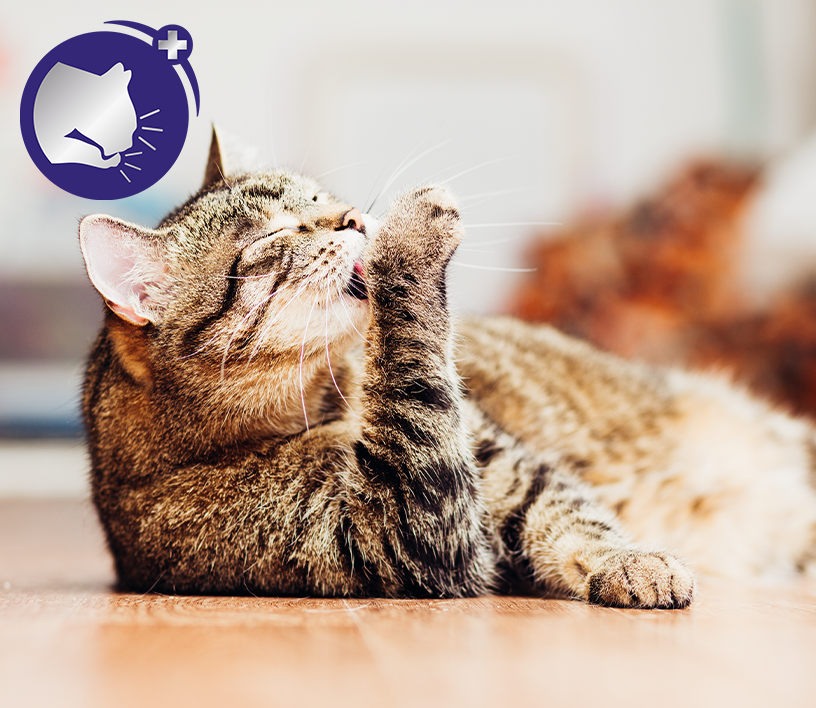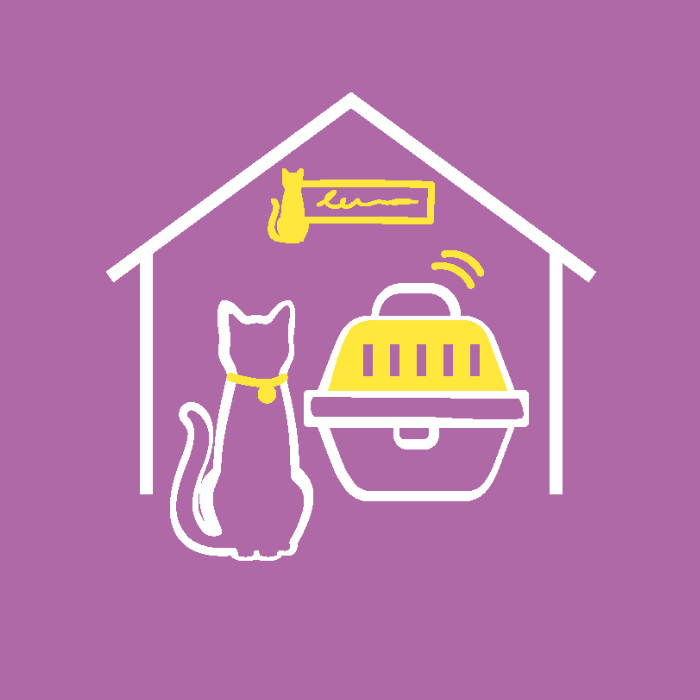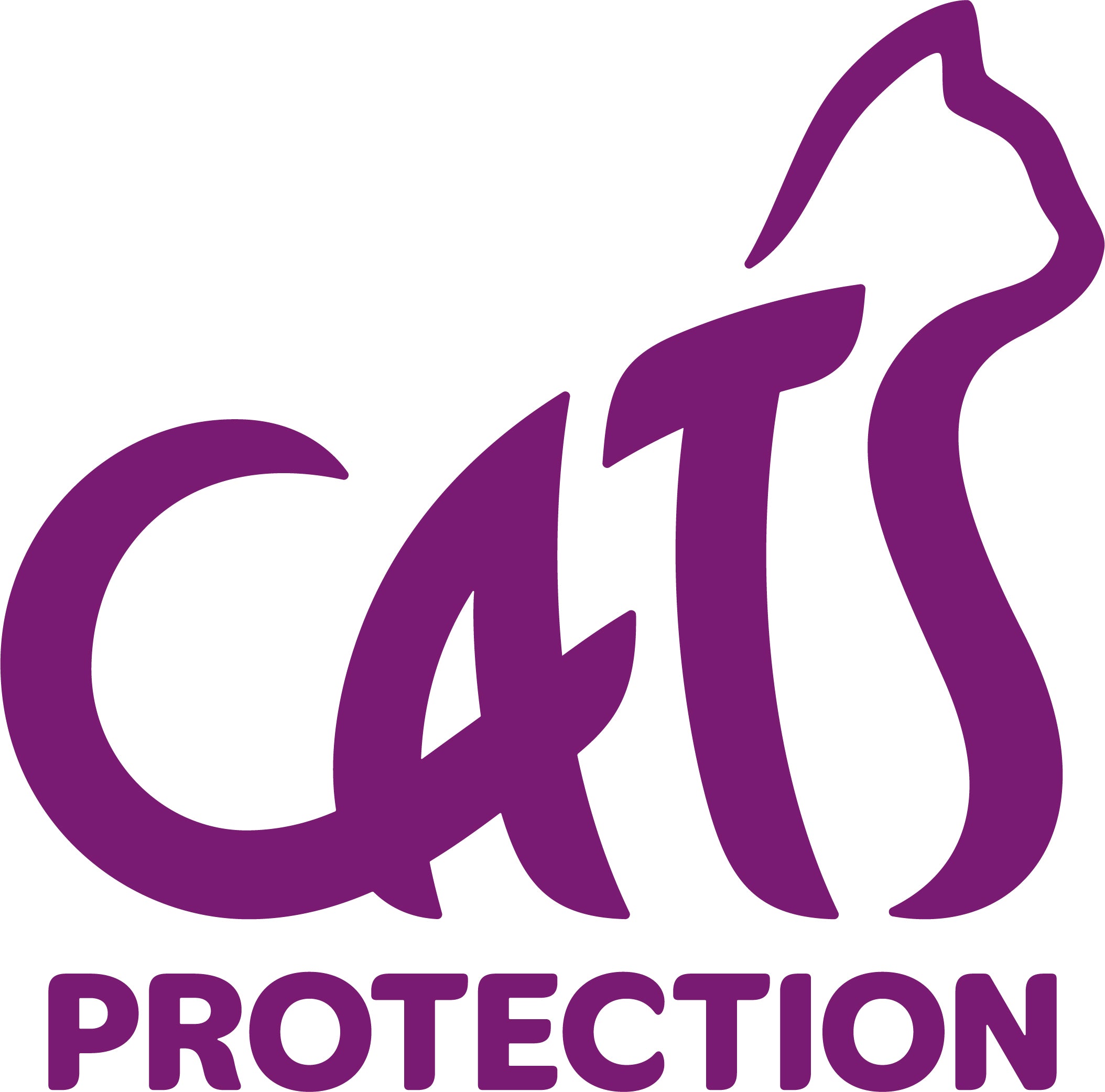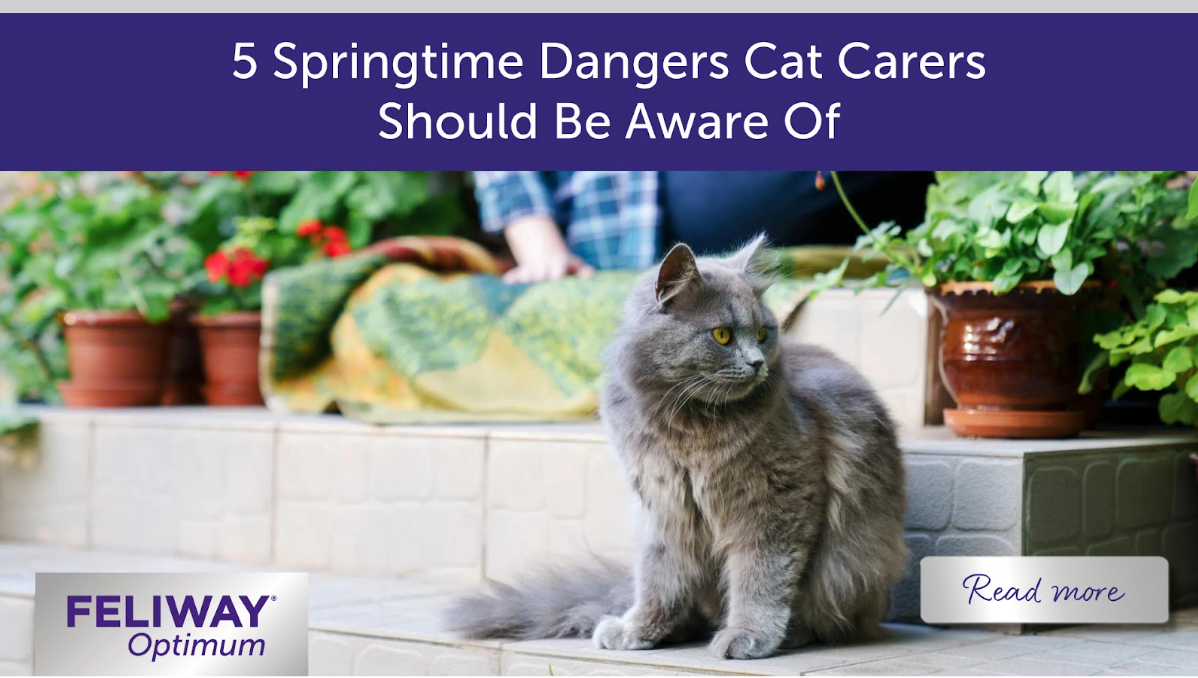
5 Springtime Dangers Cat Carers Should Be Aware Of
Spring is finally here! After months of winter, the sun is beginning to shine and the outdoors is bursting into life. But while we’re all delighted to welcome the new season, our feline friends could be facing a range of hidden hazards.
From toxic blooms to strong-smelling cleaning products, spring can bring a few sneaky dangers for cats to be wary of. Keep reading as we share our advice for outdoor cat care that will help keep your kitty safe and purring until summer.
Caring for Your Cat in Spring
By staying informed and proactive, you can make sure your cat enjoys the season safely and comfortably. Here are five cat care tips for spring.
1. Beware of Toxic Spring Plants & Flowers
Spring may be a season full of beautiful flowers and blooming greenery, but some common plants can be dangerous for cats. If you’re introducing flowers into your home or garden, be sure to check they are pet safe.
-
Lilies – Lilies are extremely toxic flowers to cats; ingesting even a small amount of pollen can cause fatal kidney failure. Cats can easily pick up pollen, too, either from grooming their coat or brushing past a plant. So, better not take any risks—ban this flower from the house if you have kitties around!
-
Daffodils & Tulips – The bulbs of these flowers are especially dangerous, causing severe gastrointestinal issues. Other bulbs can also cause reactions such as hyacinths, bluebells, and crocuses.
-
Azaleas and Rhododendrons – These contain toxic substances that can lead to drooling, vomiting, tremors, and breathing difficulties.
-
Buttercups – These are mildly toxic and can cause vomiting and even seizures if ingested.
If you suspect your cat has ingested any toxic plants, seek veterinary advice immediately. Being cautious with kittens in spring is particularly important, as young cats may be more curious about their surroundings.
For advice on plants that are safe, check out our list of suitable plants for cat-friendly homes here.

2. Fleas, Ticks, & Other Springtime Parasites
With warmer weather comes an increase in flea and tick activity—something for humans to be wary of too! These parasites can cause discomfort and potential health issues if left untreated.
To keep your cat safe in spring, consult with your vet about suitable parasite prevention treatments. Be sure to always use products specifically designed for cats, too. Some dog treatments contain chemicals that can be toxic to our feline friends.It’s worth mentioning that even indoor cats aren’t entirely safe from fleas, as these tiny hitchhikers can be brought into the home on clothing or other pets. Regularly vacuuming your home and washing pet bedding can help minimise the risk of infestations.
For outdoor cat care, checking your cat for ticks after they’ve spent time outside can prevent potential health complications. Staying proactive in parasite prevention ensures your cat can enjoy the spring season itch-free!
3. The Hidden Hazards of Open Windows & Balconies
It can be tempting to throw open the windows as temperatures rise—but wait! Are there any curious kitties hiding nearby?
Open windows and balconies can pose a danger to cats, especially those who live indoors most of the year. We’re not suggesting keeping windows closed 24/7 but be alert to the potential risks. Cats may fall or attempt to jump from open windows, potentially leading to serious ‘high-rise syndrome’ injuries.
Our recommendation is to ensure your windows have secure screens to prevent accidents. If you have a balcony, create a safe, enclosed space or keep your cat indoors in a closed-off room while access to the balcony is open. For more cat care advice on this subject, check out our previous article on keeping your home safe when you have a balcony.
4. Spring-Cleaning Products to Be Wary Of
Many of us welcome spring into our homes by giving the house a deep clean. However, a lot of standard off-the-shelf cleaning products can be highly hazardous to our cats.
Bleach, disinfectants, and detergents often contain toxic chemicals. Keep these products safely away from your cat and make sure any spots where they’ve been used are completely dry before your cat comes into contact with them. If you think your cat has managed to gain access to anywhere they shouldn’t have, or has even ingested these cleaning products, contact your vet immediately.
Air fresheners are also something to be wary of. While they may seem pleasant to us, they can be overwhelming or aversive to our cats’ sensitive sense of smell.
For more cat care tips on using pet-safe cleaning methods, see our guide on maintaining a cat-friendly home while spring cleaning.5. Springtime Allergies for Cats
No one among us enjoys hay fever symptoms, and the same has to be said for our cats. Spring brings an increase in allergens such as pollen, grass, and dust mites, all of which can affect cats just as they can humans.
Symptoms of allergies in cats can include:
-
Excessive scratching
-
Hair loss
-
Inflamed skin
-
Sneezing
-
Watery eyes
If you notice these signs, consult your vet for advice on managing allergies. To reduce allergens, consider using an air purifier, keeping windows closed on high pollen day, and washing bedding regularly.

Other Spring Considerations for Cats
While not necessarily dangerous, there are a few other seasonal factors cat carers should keep in mind for this time of year:
-
Shedding season – Many cats shed their winter coats in spring, which can lead to more hairballs. Regular grooming is recommended to keep their coats under control.
-
Spring gardening hazards – Fertilisers, pesticides, and mulch can all contain chemicals that are harmful to cats. Opt for specifically pet-safe alternatives where possible.
-
Seasonal foods – Easter treats like chocolate and hot cross buns contain toxic ingredients such as cocoa, raisins, and artificial sweeteners. Keep an eye out for what your kitty has access to at Easter.
- Wildlife – Bees, wasps, and even snakes become more active in spring. Be cautious if your cat spends time outdoors.
Keeping Your Cat Safe This Spring
So, a quick recap—by following these outdoor cat care tips and being mindful of seasonal hazards, you can ensure your cat enjoys the wonders of spring safely:
-
Identify and remove toxic plants from your home and garden.
-
Stay on top of parasite prevention with vet-recommended treatments.
-
Secure your home by cat-proofing windows and balconies.
-
Use pet-safe cleaning products and keep hazardous substances out of reach.
-
Monitor your cat for signs of allergies and seek veterinary advice if needed.
For more expert cat care advice, don’t forget to check out the rest of our blogs online. You can also sign up to our newsletter to receive all our latest news and guide straight into your inbox!







